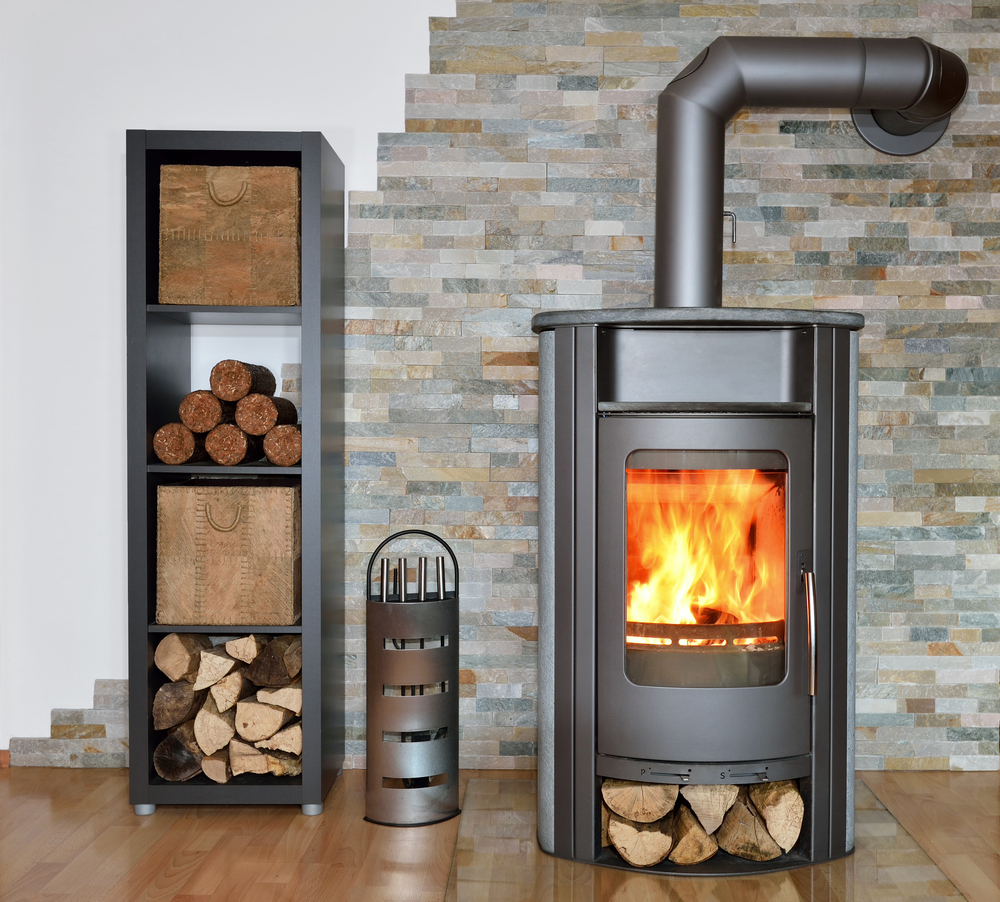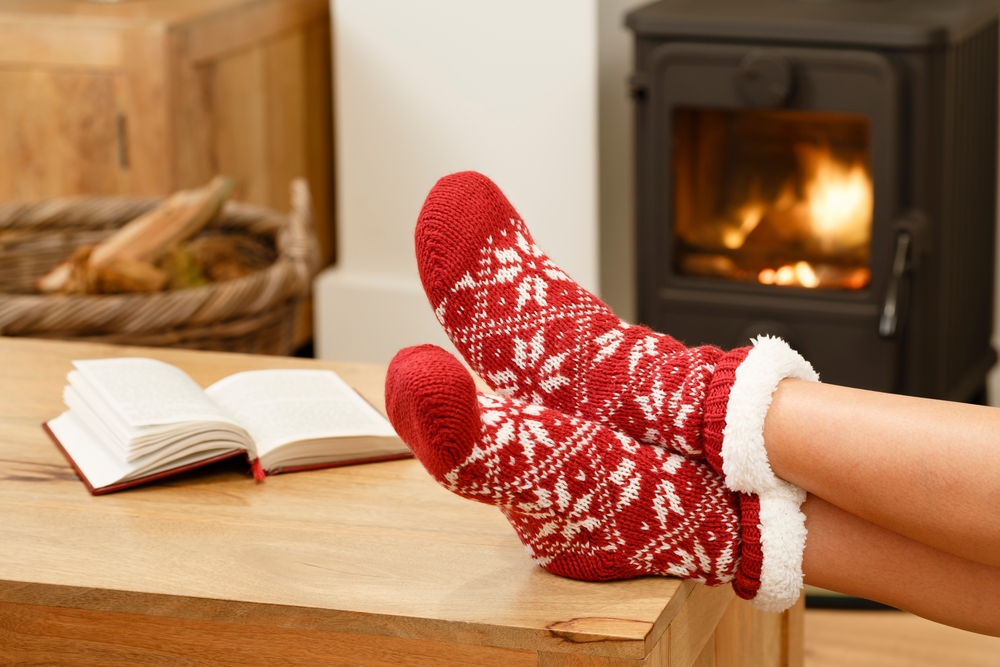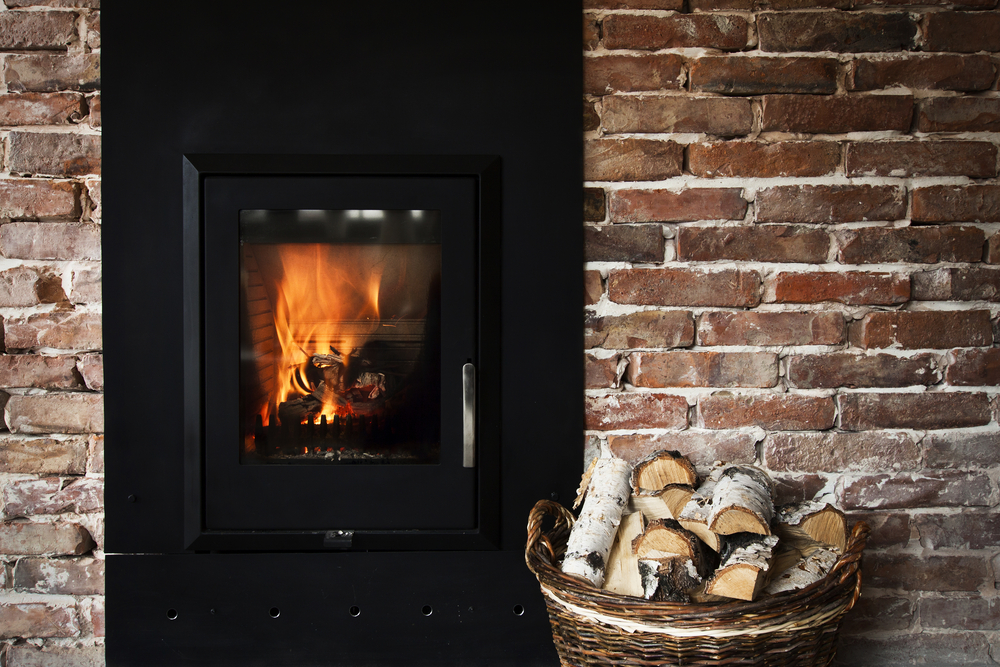Multi-fuel stoves are a popular option for all manner of properties, but what are the important considerations for multi-fuel stoves in small rooms? And why is it important to make the right choice for your space?
So, what are the important considerations for multi fuel stoves in small rooms?
When choosing a multi-fuel stove for a small room, there are several important considerations to bear in mind to ensure safety, efficiency, and suitability for the space. These considerations include:
- Size and heat output: One of the most important factors to consider is the size of the stove and the heat output. It’s important to choose a multi-fuel stove that is appropriately sized for the room. Not only will a smaller stove heat the space more efficiently, this will also prevent overheating and ventilation issues in a confined area or smaller room. As such, you will need to consider the heat output, measured in kilowatts (kW), and choose a stove with a suitable rating for the size of the room.
- Efficiency and emissions: Another important factor to consider is the efficiency and emissions of the multi-fuel stove. For any room, it’s important to choose a multi-fuel stove that is highly efficient and has low emissions, but this is even more important for smaller rooms. High-efficiency stoves will produce more heat while burning less fuel, helping to maximise warmth in a small room and reduce heating costs. Additionally, low-emission stoves are better for the environment and contribute to better air quality indoors, an essential consideration for small rooms.
- Ventilation: Adequate ventilation is essential when installing a multi-fuel stove, especially in a small room where airflow may be restricted. As a result, you should ensure that the room has sufficient ventilation to supply fresh air for combustion and prevent the build-up of carbon monoxide and other harmful gases.
- Fuel compatibility: Multi-fuel stoves can burn a number of different fuels. Choosing a clean, low emissivity fuel source, or a smokeless fuel source, can be very important in small spaces.
- Aesthetics and design: Finally, you will need to consider the aesthetic appeal and design features of the multi-fuel stove, as it will serve as a focal point in the room. Choose a style and finish that complement the decor and layout of the space, whether you prefer traditional or contemporary designs.
For more information or advice, or to choose your new multi-fuel stove, get in touch with the experts today, here at JMS Stoves.



